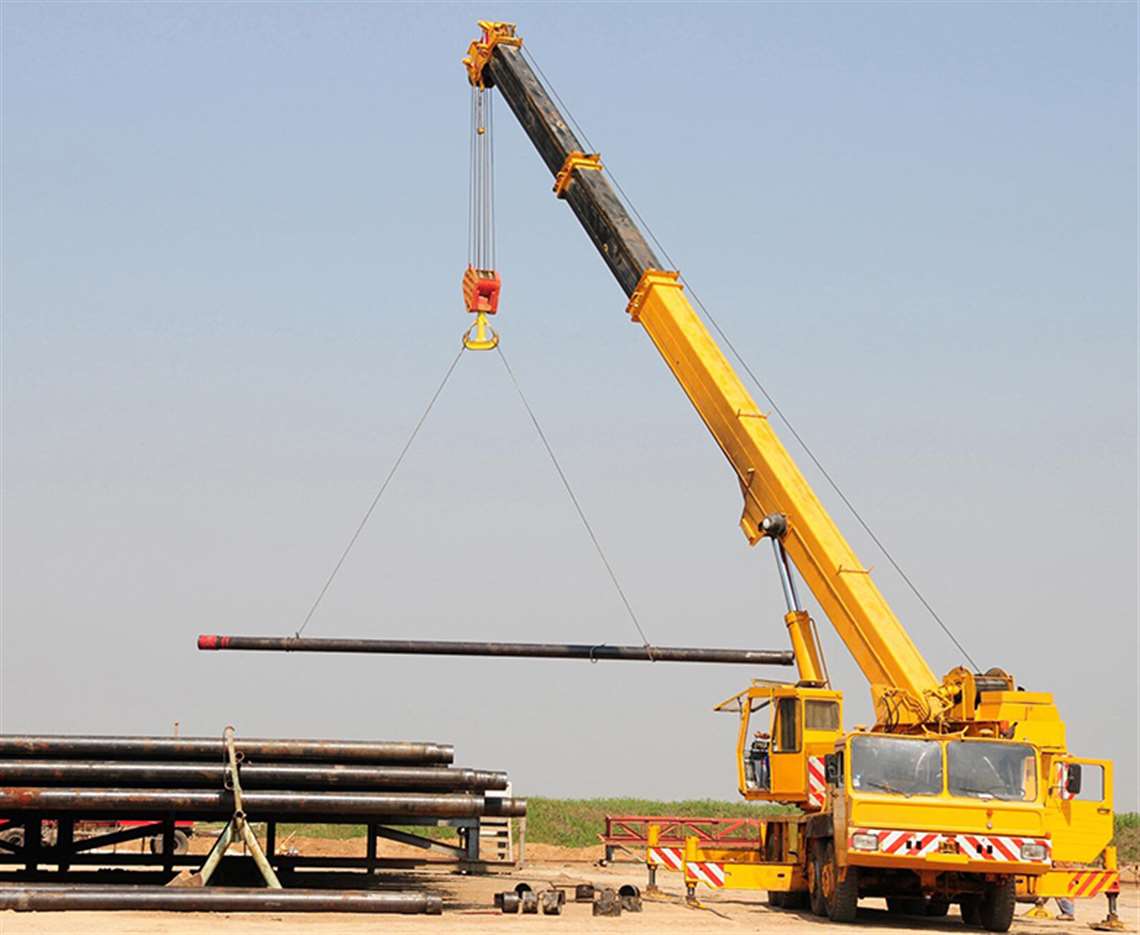OSHA reveals top crane violations
07 April 2021
Crane operator, inspector, rigger and signalperson training and certification is not only required, but provides critical information for workers to keep themselves, and others, safe on the job.
Recently, Scott Ketcham, director of OSHA’s Directorate of Construction, presented the top crane violations of 2020 cited by OSHA through mid-October last year. Don’t let your company add to this data – find appropriate crane training and certification courses now through Easybook Training.

Top crane violations (Full year 2020 data)
| Standard | Total violations | Serious violations | Willful violations | Repeat violations |
|
1926.1412 - Inspections |
354 | 197 | 0 | 7 |
|
1926.1428 – Signal person qualifications |
167 | 111 | 0 | 3 |
|
1926.1408 – Power line safety |
150 | 127 | 0 | 0 |
|
1926.1425 – Keeping clear of the load |
142 | 118 | 0 | 0 |
|
1926.1417 - Operation |
123 | 82 | 0 | 2 |
Source: OSHA
Top 5 Crane Violations
1926.1412 – Inspections:
Of the 354 citations issued by OSHA as of the reporting date, 56 percent were considered serious. Employers can ensure their inspections are being conducted completely and by knowledgeable, competent individuals by ensuring the inspector documented their knowledge through certification. Certified crane inspectors have documented their ability to perform post-assembly, post-repair, and annual/comprehensive inspections, and they can properly document their findings as OSHA requires. They can also determine whether a registered professional engineer (RPE) familiar with the type of equipment involved is needed to develop criteria for the equipment configuration as well as whether there is a reasonable probability of damage or excessive wear. Find crane courses at Easybook Training.
1926.1428 – Signal person qualifications:
OSHA requires that crane signal persons demonstrate qualification through an oral or written exam and a thorough practical exam, either by an accredited third-party qualified evaluator, such as NCCCO, or the employer’s qualified evaluator. OSHA issued 167 citations, 66 percent of which were serious, to employers who were not in compliance. Signal persons must know and understand basic hand signals; be competent in the application of the type of signals used (e.g., hand, radio); have a basic understanding of the crane’s operation and limitations; and understand when it is appropriate to use hand, radio, or special signals. NCCCO Signalperson certification exams content areas align with OSHA’s requirements. Certification is the best way to document qualification as it has already gone through the rigorous scrutiny of accreditation to document that it is fair, valid, reliable and legally defensible.
1926.1408 – Power line safety:
Power line safety continues to be a vital area of concern and danger. OSHA cited 150 violations through mid-October 2020, of which 85 percent were serious. Certified operators are required to know how to determine if any part of the equipment, load line or load (including rigging and lifting accessories), while operating up to the equipment’s maximum working radius in the work zone, could get closer than the minimum approach distance of the power line permitted, and how to take appropriate precautions. NCCCO operator certification exams address the power line safety requirements defined by OSHA. Through training and certification, to ensure training was effective, certified crane operators should be able to avoid these common risks.
1926.1425 – Keeping clear of the load:
While this seems like one of the most obvious things to avoid, of the 142 violations identified during the reporting period, 85 percent were serious. Only employees essential to the operation are permitted in the fall zone (but not directly under the load). CCO-certified lift directors, operators, riggers, and signal persons must know when people may or may not be in the fall zone. NCCCO certifications cover OSHA requirements ensuring that your personnel can avoid actions that could result in such a citation.
1926.1417 – Operation:
OSHA identified 123 violations, of which 66 percent were considered serious. Certification ensures that crane operators have the knowledge to perform their work as safely as possible. This includes not engaging in any practice or activity that diverts his/her attention while operating the equipment, such as the use of cellular phones (other than when used for signal communications). It is the employer’s responsibility to ensure that the procedures applicable to the operation of the equipment, including rated capacities (load charts), recommended operating speeds, special hazard warnings, instructions and operator’s manual, are available in the cab.
Don’t be a statistic, book your crane courses today.
